Space
History
Fuels cells have been used for US manned space flight beginning with the Gemini program in the early 1960s, the Apollo program during the 1970s, and continuing through the Space Shuttle program from the early 1980s to the early 2010s. They provided both power and drinking water and used hydrogen and oxygen reactants that were readily available. Collecitively, current and former Infinity® team members have worked on all of those programs.
FUTURE MISSIONS:
- As part of a NASA Tipping Point contract, an Infinity fuel cell operated successfully for a proof-of-concept launch on a Blue Origin New Shepard unmanned sub-orbital flight in September of 2022. This is a precursor to more sophisticated missions including manned flights.
- Infinity is working with the NASA Glenn Research Center to provide the fuel cell component for a Lunar Regenerative Fuel Cell (RFC) system to designed to power a moon base through the 14-day long lunar night.
- Infinity is actively working on fuel cell and electrolyzer technology for crewed space missions.
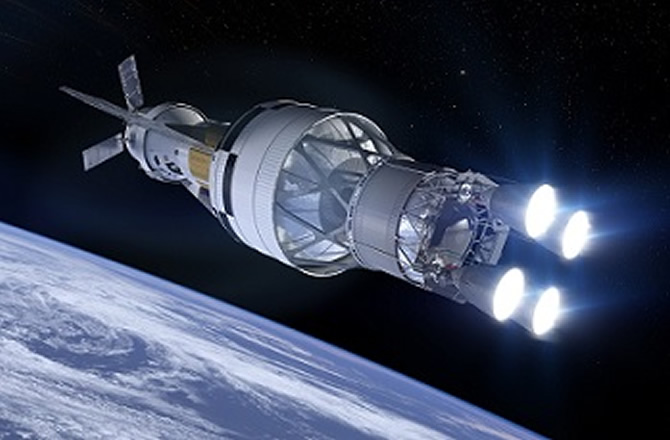
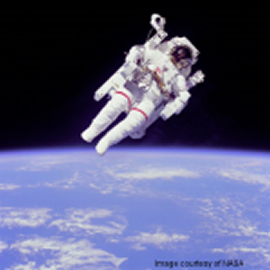
FUTURE MISSIONS
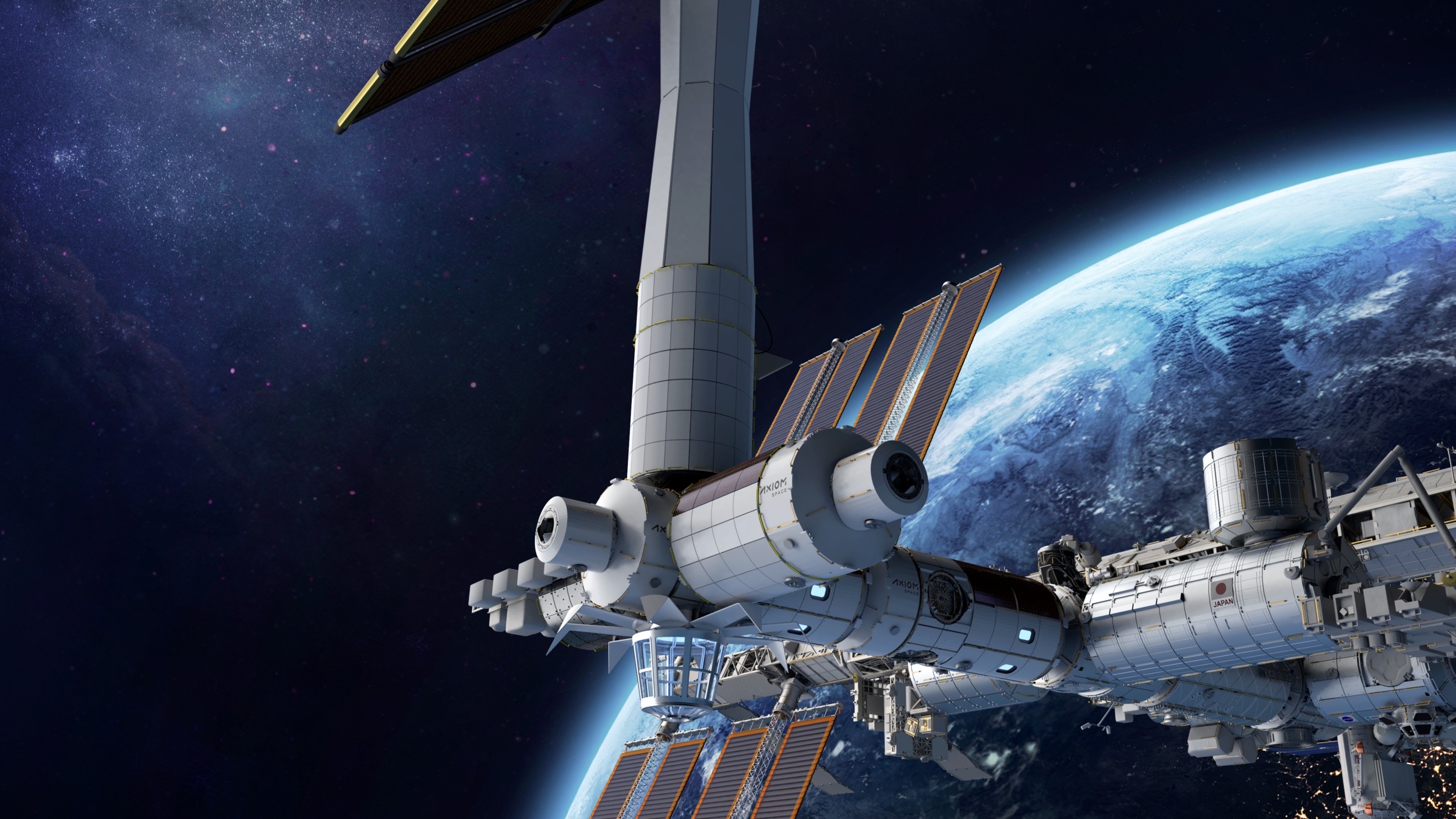
Crew Module
The requirements for providing power and breathable air to crew quarters on space stations have not changed since the Gemini days. It’s essential that the power system be reliable, efficient, and redundant for manned crew modules. A tremendous benefit of fuel cell systems is that they can produce enough water for the crew. At 1 kg/L (8.34 lb/gal), generating this water as a by-product from the hydrogen and oxygen onboard is a huge weight savings at launch. That same water can be recycle and electrolyzed to produce breathable oxygen for life support and hydrogen for orbit boost.
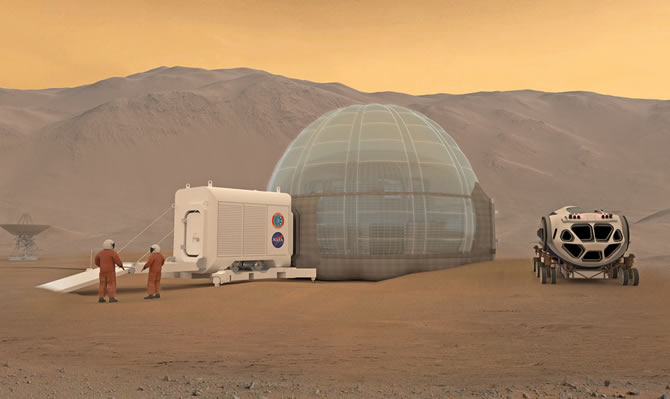
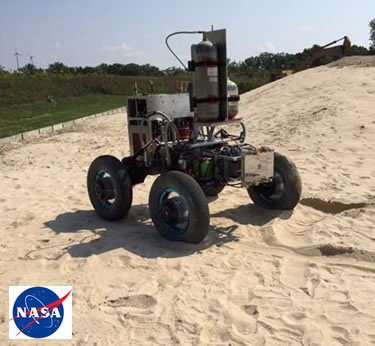
Rovers
Infinity has developed fuel cell power solutions for rover demonstrations for two NASA facilities: Glenn Research Center and Johnson Space Center. These demonstrations have been performed in vehicle platforms representative of actual applications and run through traditional mission profiles.
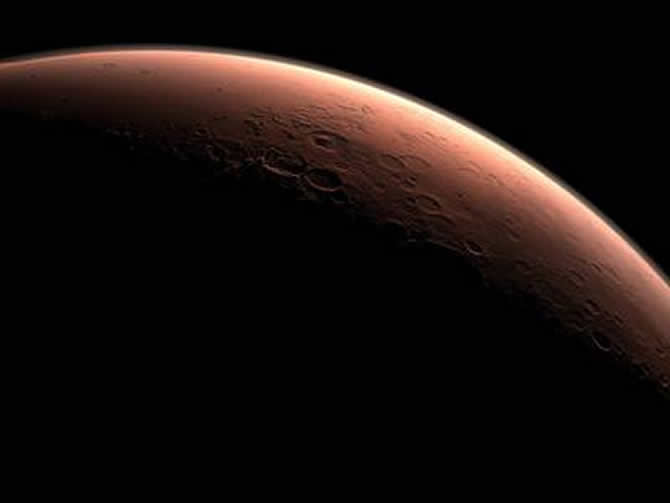
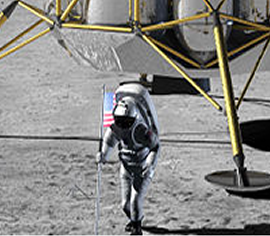
Lunar / Martian Base
The ability to live on another orbiting body, processing local materials in-situ to develop more permanent human presence has long been a dream of the space program. Regenerative fuel cell power and energy systems have long been an option for facilitating this effort. Infinity’s team has a long history in the development of these systems.














